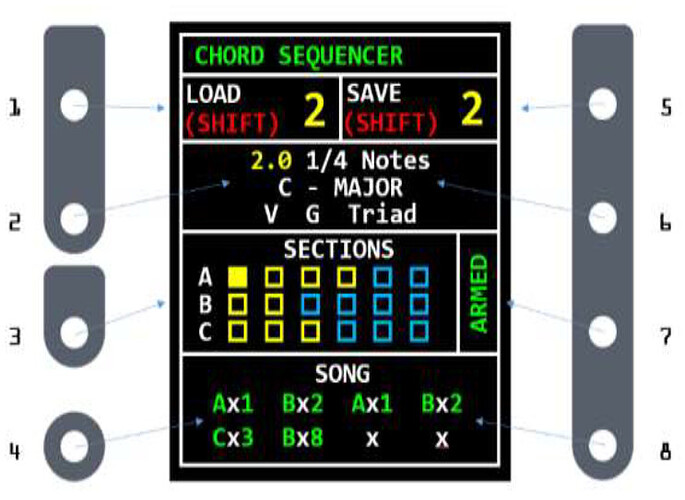yeah, I think a few of us have Octatracks 
1. master
I generally keep the Octatrack as master, simply because some things (pickup machines primarily) don’t work properly (or at all ) with the Octatrack as slave.
… I also do this since sometime, I use the OT without the Pyramid… so nice to keep it as master.
but I have used it the other way around, without issue.
this was useful when, I was more focused on the Pyramid, that the OT.
… so either works 
2. just plug the keystep into the Pyramid
you can map at track on the Pyramid to the Octatrack’s active channel, if you want to go via the OT.
I do this, but to be honest I didnt use it much , but its quite nice now to play slices on the OT.
(since last update)
3. using OT arp.
so the issue you have is if you want to both sequence the vermona from the OT and the Pyramid.
you could use a hardware midi merge box… and just make sure you dont send midi that will conflict.
alternately - you can choose for the vermona to
a) route via OT … pyramid → OT → vermona
OR
b) route via Pyramid … OT → pyramid → vermona
(or of course, just switch cables depending on what you want to sequence from.)
Ive done some of this routing, but honestly , its gets a complex quite quickly, so whilst its ‘neat’ on paper.
most of the time it was a pain to remember how Id set it up .
I guess it depends how much you use the OT arp, over and above what the arp/patterns can do on the pyramid… I’ll admit the OT arp is pretty nice !
anyway plenty of options…
in fact, Id say that is also the thing you have to becareful of most when you have Pyramid and Octatrack.
its easy to have too many options, too many ways of doing things, that you spend alot of time trying to decide ‘the perfect’ way.
I went thru many iterations, and in the end, simplified it alot…
I got a mioXM from iConnectivity, and used it to merge midi message, so the Octatrack OR Pyramid could sequence, and I very rarely send midi (other than clock/transport) between the Octatrack and Pyramid. ( * )
( * ) though, that is a really fun thing to do too… when, you want to mess about for hours, and probably not get anything done 



